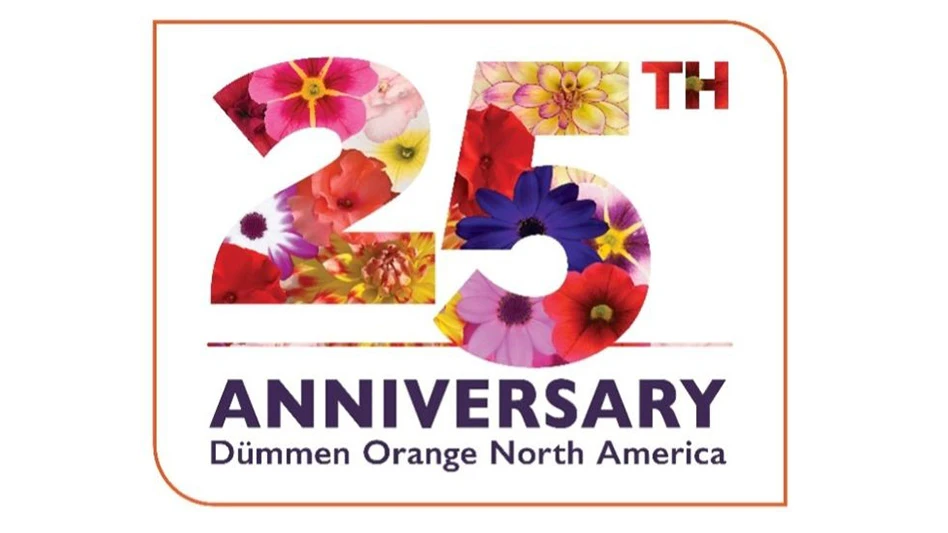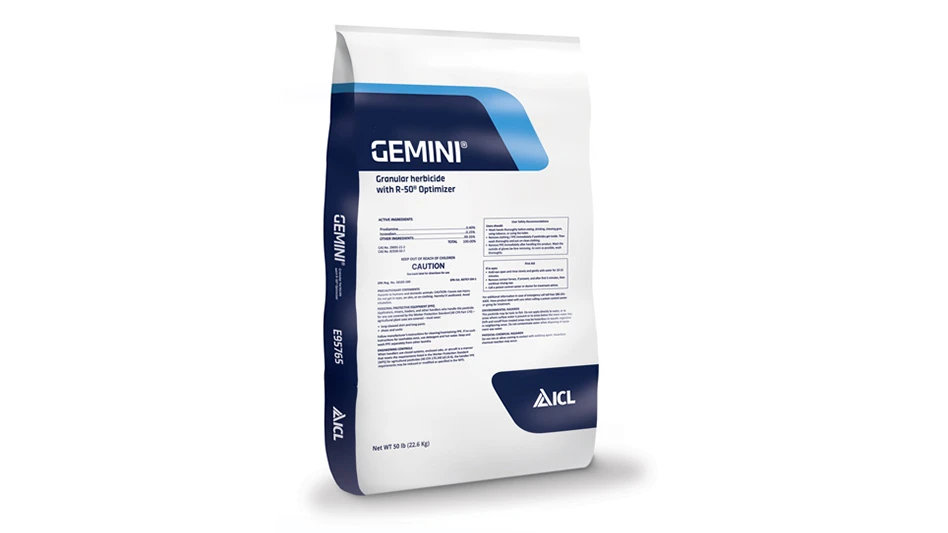
The Biltmore International Rose Trials provide an opportunity for all types of breeders – from novice to professional – to test their selections for two and a half years in a very public setting. The trials are sited at the Biltmore’s lavish and large rose garden, in complete view to the multitude of people who visit each year.
The Biltmore estate in Asheville, N.C., was home to George Vanderbilt and his family. The estate is steeped in horticulture tradition. It encompasses more than 8,000 acres including renowned gardens designed by Frederick Law Olmsted, known as the father of American landscape architecture. The Biltmore’s rose garden has been in continuous cultivation since 1895. It’s a dramatic backdrop to the trials, says Paul Zimmerman, an industry consultant, who helped launch the trials.
“Plant trials and experimentation were important to both Vanderbilt and Olmstead,” he explains. “It’s fitting that we continue that tradition with the rose trials.”
Paul wanted an international rose trial located on the East Coast, and one that was accessible to all.
“At the time, we had the All-America Roses Selections trials. It was industry driven and it was expensive to be a part of. It ended up being more for big breeders and nurseries,” he says. “With international trials, there’s generally no fee and it’s accessible to anyone. It gives newer breeders and even backyard breeders the chance to be on equal footing with the big breeders.”
Zimmerman says he had a relationship with Biltmore, which already had existing rose gardens and a gardens staff, which made it the ideal location.
The trials officially began in 2011, with the first awards presented in 2013.
A new round of roses is planted every year. Breeders are required to send six plants of each variety in February, and all roses are potted into a 3-gallon container. Each container gets the same potting mix and same fertilizer treatment before being planted into the garden in mid- to late-May.
In the garden, all trial roses are treated equally, receiving the same feed applications and pest control methods. No chemical fungicides are used on the trial roses, Zimmerman says.
“We want these roses to be replicated as if they were going into someone’s yard,” he adds.
Regarding diseases, the trial roses are on a three-strikes rule.
“If 25 percent or more of the rose has black spot, we hit it with copper sulfate. And if it happens more than three times, the rose is taken out of the trial,” he says.
The roses are evaluated for overall health and vigor, fragrance, disease resistance, and the ability to repeat bloom.
The permanent jury judges the roses 10 times during the 2½ years of the trial. Plants are evaluated in the spring, during the heat of the summer, late September, and in the winter just before they’re pruned. All raw data is shared with the breeders.
An international jury evaluates the roses on the final day of the trial using the same criteria. Winning roses must have a score higher than 70 percent to be considered a winner.
Breeders and growers are highly encouraged to use the Biltmore trial results in their marketing campaigns, Zimmerman says.
For more: www.paulzimmermanroses.com; www.biltmore.com.

Explore the May 2017 Issue
Check out more from this issue and find your next story to read.
Latest from Nursery Management
- March 2025 issue recap
- Gratitude as a marketing strategy
- Leading Women of Horticulture: Katie Dubow, Garden Media Group, and Aubry Field, Lizzy Blossom
- Leading Women of Horticulture: Arden Pontasch, North Creek Nurseries
- Super Charged Moon Juice from Moon Valley Nurseries now available nationally
- 2025 Proven Winners Horticulture Scholarship applications now open
- Leading Women of Horticulture: Anna Ball, Ball Hort, and Terri McEnaney, Bailey Nurseries
- Leading Women of Horticulture: Crystal Cady and Elizabeth Brentano










